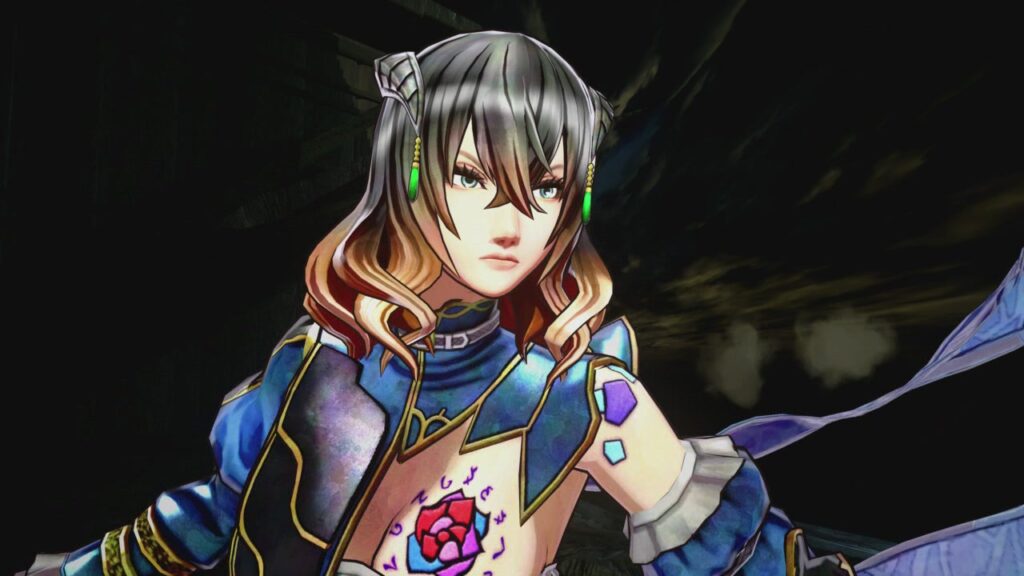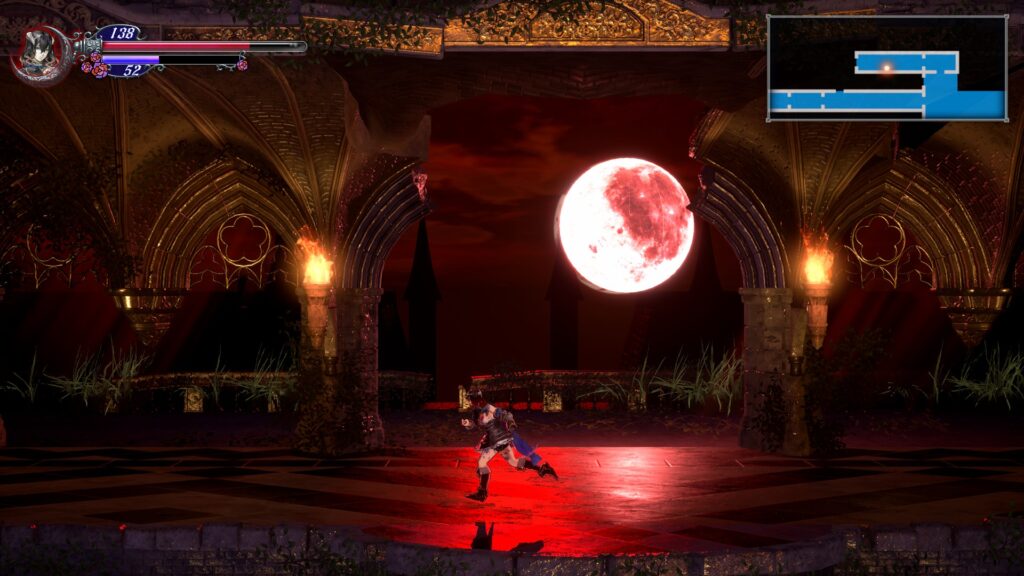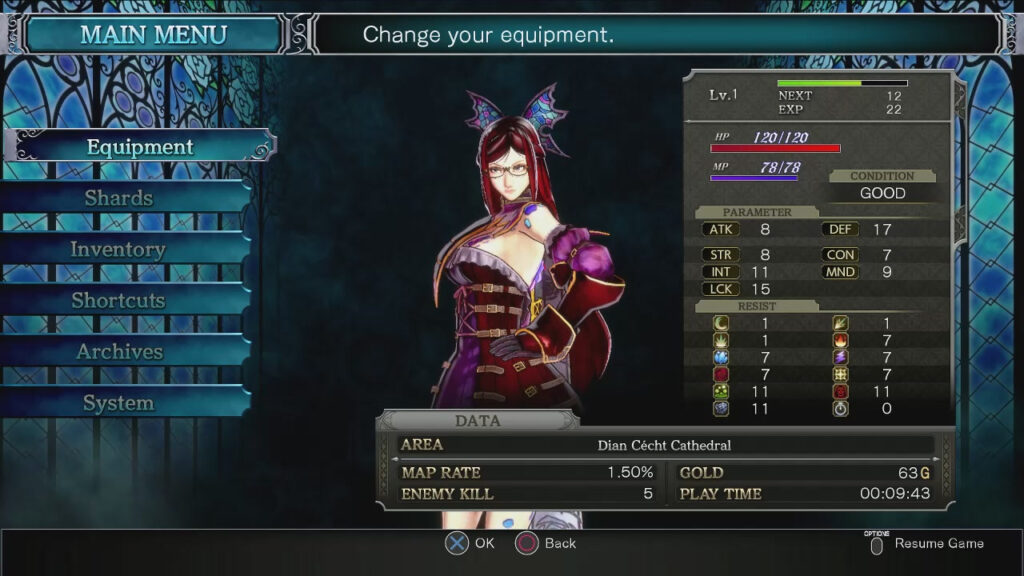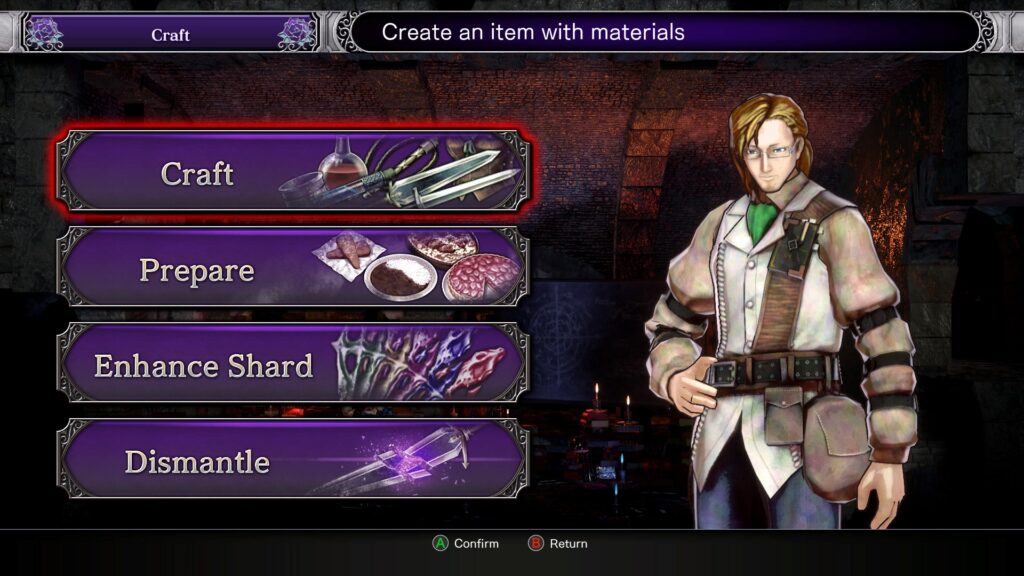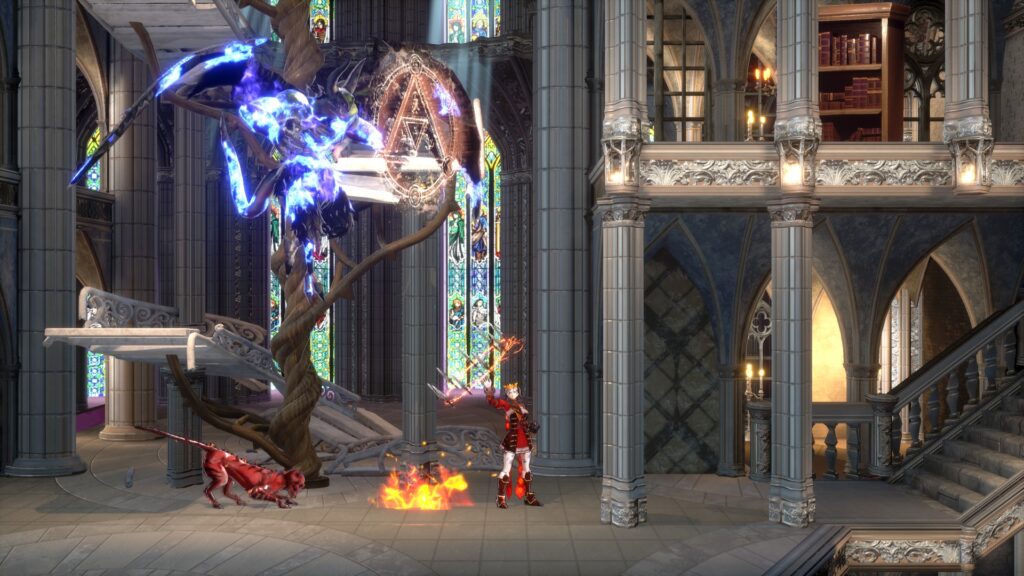Hello, anyone there? 2019 called and wants its game back! No, sorry – I was working through some of my backlog games and still had a Castlevania itch to scratch. So I fired up Ritual of the Night and Curse of the Moon. Ritual of the Night got me hooked, and since we didn’t have a review yet, here we go!
History of Ritual of the Night
For those unfamiliar with the game, Bloodstained: Ritual of the Night is a 2019 action role-playing game developed by Japanese indie studio ArtPlay and published by 505 Games. Former Castlevania series producer Koji Igarashi led the game’s development and is considered a spiritual successor to the series. It feels and plays like an upgraded Castlevania game, so it’s worth checking out if you are into these kinds of games.
After he departed from Konami in 2014, Igarashi conceived the game, prompted by numerous fan requests to continue making games in the style of Castlevania: Symphony of the Night. He used the crowdfunding platform Kickstarter to demonstrate the demand for the game to potential funding sources for it in 2015. The campaign raised more than $5.5 million from backers, eleven times its original goal, making it one of the platform’s most successful video game campaigns. Ritual of the Night received generally positive reviews upon release, with many describing it as a worthy successor to the Castlevania games that inspired it. Most stretch goals from the Kickstarter campaign were distributed as free content updates, with a few additional items as paid downloadable content. So, visiting this game in 2024 isn’t a bad thing since we are playing the most complete version of the game.
I already mentioned another game in the same series since Ritual of the Night was the second game to be released in the Bloodstained series. The first is a retro-style companion game, Bloodstained: Curse of the Moon. Inti developed this game Creates as a stretch goal and released it in May 2018. It received a sequel, Bloodstained: Curse of the Moon 2, in July 2020. I might also review those when I can play both Curse games.
Story
Bloodstained: Ritual of the Night is set in 18th-century England during the Industrial Revolution. The Alchemy Guild, fearing the loss of their influence over wealthy patrons, researched methods to summon demons. They created Shardbinders—humans forcibly fused with demonically charged crystals, which granted them access to demonic powers. The Guild sacrificed these Shardbinders in an attempt to summon demons from Hell, intending it to be a scare tactic. However, this led to uncontrollable destruction that wiped out the Guild and much of England until the Church intervened and managed to banish the demons. Of the sacrificed Shardbinders, only one named Gebel survived. Another Shardbinder, the main protagonist named Miriam, was spared because she fell into an unnatural slumber before she could be sacrificed.
Ten years later, in the game’s present day, Miriam has awakened from her slumber and has learned that Gebel has summoned the demons to destroy England as he seeks revenge on the surviving alchemists for what they did to him. Accompanied by Johannes, a former member of the Alchemy Guild, they sail across the ocean to Arvantville, a destroyed village on the outskirts of Gebel’s castle, the Hellhold. They meet with Johannes’s friend Dominique, an exorcist who helped Johannes care for Miriam during her slumber and has been sent by the Church to help them stop Gebel. I will not spoil the rest of the game, but it has excellent story writing and some good plot twists – with multiple endings to make the process more enjoyable.
Gameplay
People who played the more modern Castlevania games will feel at home with the gameplay found in Bloodstained: Ritual of the Night. It follows the typical Metroidvania-style gameplay. Miriam explores a labyrinthine series of rooms presented as a platform game, fighting monsters and bosses and gaining keys or powers that let them explore previously impossible areas to reach. Miriam can use various weapons to perform melee or ranged attacks to defeat monsters or special abilities granted by the shards she possesses from monsters to perform magical attacks. Miriam has both a health bar and a magic power bar. Health is lost to monsters and environmental attacks, and should this drop to zero, the game is over, requiring the player to load the last save state. Saving should not be taken lightly since I have often lost a lot of progress due to dying and lack of savings points. Luckily, health can be restored using items or finding health drops from monsters or environmental pieces. Magic power is drained by using shard skills, and if out of mana, Miriam cannot use shard skills, but mana can be similarly regained as with health.
You obtain new weapons, armor, and accessories in the game by defeating monsters and looting chests. This equipment grants Miriam various attributes, including offensive and defensive bonuses. It also determines the attacks the player can perform with each weapon. For instance, short swords enable a variety of fast, close-range attacks; spears allow for slower but long-reaching strikes; and guns provide long-distance shots, though they cannot be used for melee combat. You can change equipment on the fly through the menu screens. I went with swords and greatswords and never touched the ranged weaponry simply because of personal fighting preference. But the range of weapons is pretty broad for a Castlevaniaesque game, so feel free to experiment. To compliment your loadout, you acquire shards by defeating monsters, which typically reflect the essence of the monster they came from. While you can only equip a limited number of shards at a time, they can be swapped easily via the menu.
The game features various utility rooms, including save rooms that allow players to save their progress and fully regenerate Miriam’s health and magic power. Additionally, warp rooms enable quick travel between previously discovered locations on the map. After the game’s prologue, players gain access to several non-playable characters at the beginning of the map, who offer stores for buying and selling weapons, shards, ingredients, and crafting services for creating new weapons or upgrading shards. Most of these non-player characters also offer some sidequests, so finding them all is worth exploring.
Artstyle & Development
The game is presented in a 2.5D style, combining three-dimensional graphics with a restricted 2D movement system. Igarashi chose the 2.5D style to align with the aesthetic of earlier Castlevania games, such as The Dracula X Chronicles and Mirror of Fate. I think this works well for this type of game and gives the game a certain smooth finish. It also compliments the game’s name, which is based around the concept of a magi-crystal curse that inflicts the main characters: they grow across the person’s body with the appearance of stained glass, and Igarashi felt that “Bloodstained” was a good play on words to reflect that. While the Gothic style, like Castlevania, thematically inspired the title, Igarashi chose not to include the public domain character of Dracula. He felt that doing so would make the game too reminiscent of previous Castlevania titles and didn’t want his new game to feel like a “half-baked copy.” Instead, Igarashi made the main playable character, Miriam, female. He recognized the current trend in Western video games of featuring strong female lead characters, which could appeal to a broad range of players, regardless of gender. This approach also helped avoid the complications of developing two separate playable characters of different genders (similar to Order of Ecclesia, found in the Dominius Collection, although Portrait of Ruin did it that way..).
The game’s music was written primarily by Michiru Yamane, a former Konami composer who worked on the music for several Castlevania games, along with the musical group Noisycroak and a single track by Ippo Yamada. Shutaro Iida, who had worked on previous Castlevania games as a programmer, director, and designer, returned to the game as a planner. And it’s a piece of art – just the music makes it worth checking out this title.
Conclusion
Bloodstained: Ritual of the Night has the official stamp of Castlevania Legacy Approved and I can’t wait to see Ritual of the Night evolve into a deeper franchise. I loved every second of it, with both challenging gameplay and clever use of familiar and unfamiliar powers to gain access to new parts of the map. It keeps you on your toes and reminds you that healing up and saving your progress is a must, not something you can stretch out just a bit more. Before you know it, you’re backtracking 2 hours of hard-earned progress.

